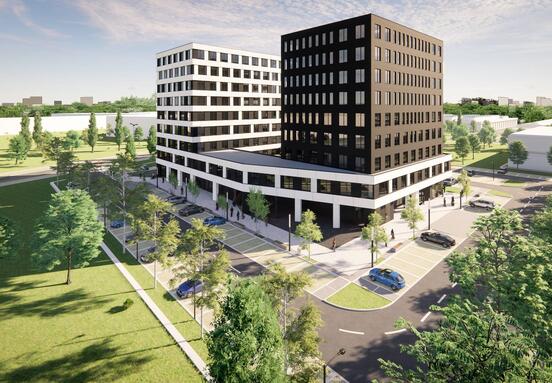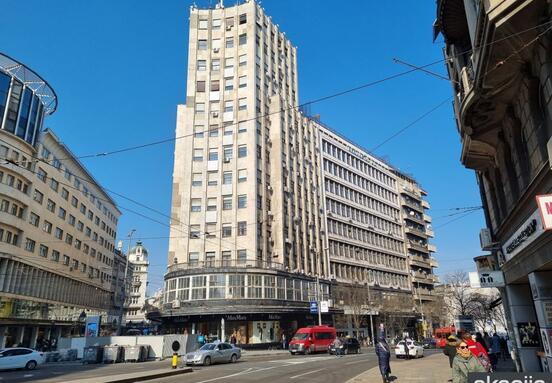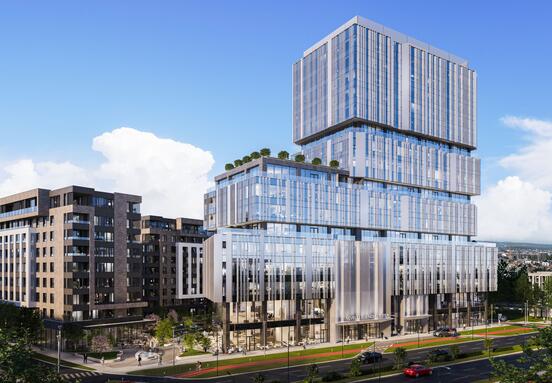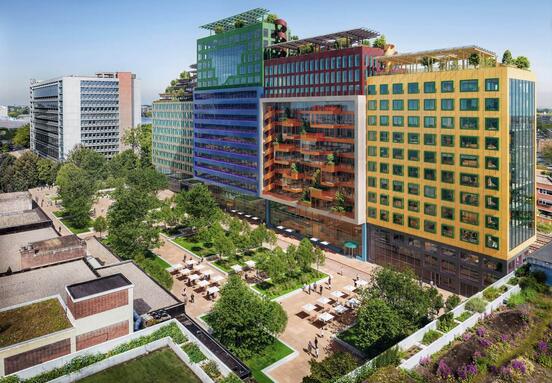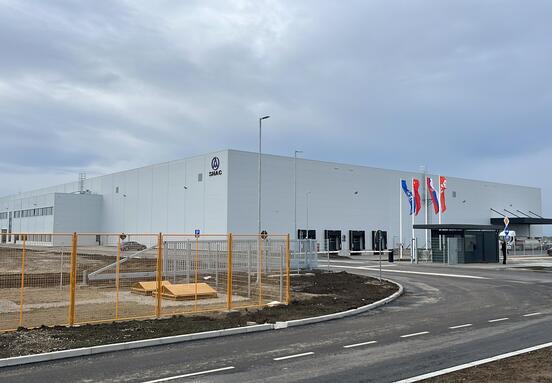In a country that produced hemp on over 60,000 hectares and an industry that employed tens of thousands of people - there is nothing left. In the 1960s, Serbia was a leader in the production of hemp and the marketing of hemp products.
Ropes, plastics, teas and paper can be made from hemp, and that is only a fraction of the thousands of products that can be made from hemp. However, the most interesting thing is that houses can also be made!
The most modern innovation in green building is a combination of industrial hemp, lime and water. It is absolutely non-toxic, and the walls "breathe" which is very important for people suffering from allergies, bronchitis and asthma.
Hemp is resistant to mold and moisture, resistant to pests and rodents, fire resistant, has high thermal insulation and saves up to 80 percent energy, no waste or toxins, and the material is healthy for the environment.
It absorbs excess moisture from the air, until the humidity in the room decreases again and thus establishes a balance of humidity in the room. The wall has excellent sound insulation, writes Gradnja.rs.
A wall made of hemp block only 20 cm thick enables levels of thermal and acoustic insulation far above the regulation standard. It also regulates internal relative humidity and temperature changes "through the behavior of the hygroscopic material, contributing to healthier construction spaces and providing an efficient thermal mass."
The pilot project of such a hemp house was realized in Serbia on the farm Bela reka, in the untouched nature of the Homolje mountains. The architects of the project are the Serbian-Swiss team of Ljubica Arsić and Daniel Fuchs, and the beginning of construction was in 2017.
In order to make the best use of the sun's movement and the view that extends towards the mountain ranges in the distance, the house has an elongated shape and extends above a higher plateau, hovering over the landscape. The elongated plan is paired with generous floor-to-ceiling window openings. The building has two floors, and the main program is arranged on the upper floor within an interconnected spatial octagonal scheme (beehive) that gives priority to fluidity, visual and physical communication.
A 260 m2 house was built using industrial hemp as the main building material.
As part of the project, a 260 m2 house was built using industrial hemp as the main building material. This is a unique concept in the world designed by Predrag Milosavljevic, where by buying a house you get one area planted with an agricultural crop in this case blueberries, which is taken care of by the workers and the management of the farm or that household. And when you sell that culture, the percentage is divided, and that's how you make money.
In this case, this material is not used as a supporting element due to its light nature, but steel, wood or concrete frame is used as a structure, and this material as a wall filling and insulation.
You can re-insulate existing homes with hemp. Such houses can be built anywhere in the world, without geographical and climatic restrictions. Most of them are in Europe for now. What we can change is the thickness of the wall in accordance with the environment in which it is built. Hemp is excellent in combination with other materials such as wood and stone, so you can build and reconstruct old stone buildings and make new modern and beautiful houses with a long tradition and culture.
The first project of this character according to the concept of a better life is being built on the Adriatic coast, above the settlement of Porto Montenegro.
As a self-sustaining system, the house uses geothermal energy, solar panels, rainwater collectors, a compost system as well as a garden for organic production of vegetables and fruits for the household. The project has a modern and contemporary design in line with the morphology of the terrain and large glass surfaces that are embedded in the hemp walls.
The house spreads over 377m2, although it has an attractive design, it is decorated with a green roof and green terraces, blended into the traditional stone walls, characteristic of this geographical area. There is a fusion of two natural materials of hemp and stone where they emphasize each other's natural beauty and authenticity, tucked into the greenery so as to merge with the beautiful nature of Boka. The architect of this project is Aleksandar Simonović.
Another great advantage of this material is that it grows naturally, it is not obtained by blasting the land and this kind of construction is done and reconstructed much faster.
The problem why this way of building can be said to be almost totally unknown to today's civilization is that the plant itself went through various legal restrictions and was thus excluded from production and use, so its noble effects were almost forgotten.
Source: seebiz.eu

